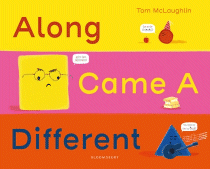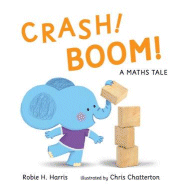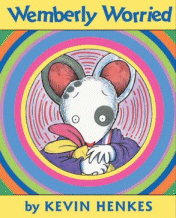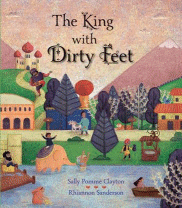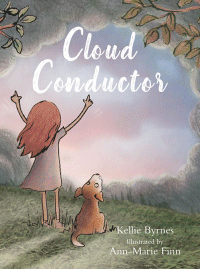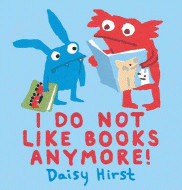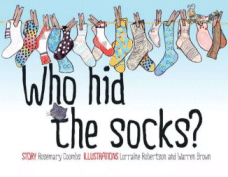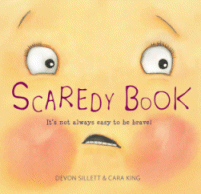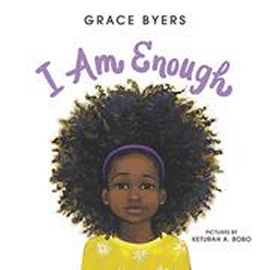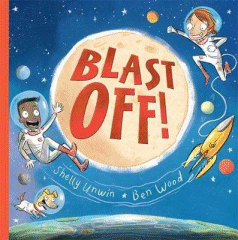Along Came a Different
Tom McLaughlin
Bloomsbury, 2018
32pp., hbk., RRP $A24.99
9781408888926
The Reds loved being red- to them being red was the most important thing and it was The. Best. Thing. Ever. But when, unexpectedly, their space was intruded upon by Yellow, things changed. The Yellows (who thought being yellow was The. Best. Thing. Ever) didn’t like the reds and the conflict began. And when along came a Blue (who also believed that being blue was The. Best. Thing. Ever.) things deteriorated even further. There seemed to be no common ground at all – none of them liked each other and demarcation lines were drawn as the insults and grievances grew. Eventually a set of rules was constructed and things settled down, but then unexpectedly…
Is there any way at all that each group can learn to live with and get along with each other?
Using colour, shape and whimsical illustration, McLaughlin explores the concept of judging others based on their appearance and how flimsy the arguments for discrimination really are. While each colour has its unique features, there is common ground and much to be said for the symbiosis that occurs when there is co-operation, collaboration and even harmony.
Discrimination based on perceived differences is an adult concept that most young children do not even notice unless an adult points it out. This book is the perfect conversation starter so that when they do encounter prejudice they have this experience to draw on so they can see the stupidity of it and reject it. Life should be about friendship, inclusivity and acceptance and McLaughlin demonstrates this perfectly.
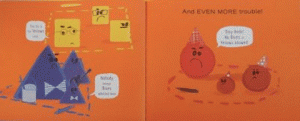
A peek inside…
